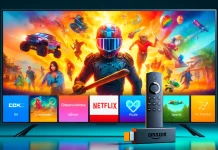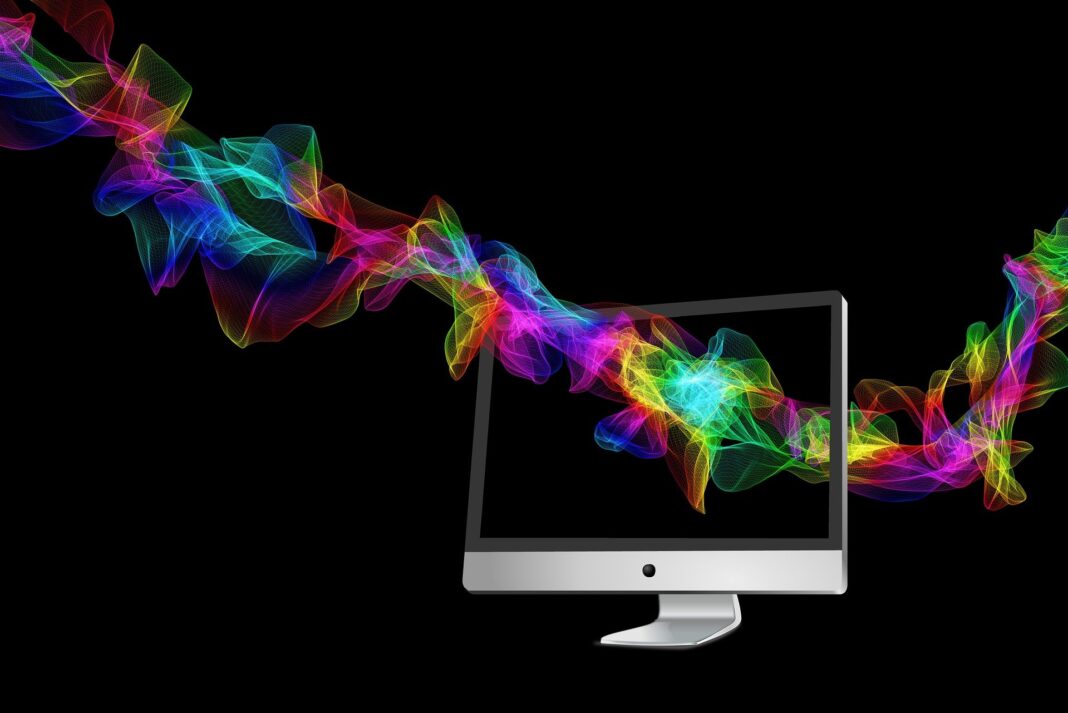There is more to color than meets the eye. And when it comes to building a solid brand identity and nurturing customer loyalty, the right package colors play a vital role in setting any business up for marketing success.
Why Colors in Packaging Matter
The colors in any packaging are powerful because they influence brand recognition, affect purchasing decisions, and make a brand or product stand out in the isles. Packaging colors help customers visually identify a brand. And more importantly, these colors trigger thoughts and feelings that influence consumer behavior.
The numbers prove it all. Studies have shown that nearly 80% of shoppers believe that color increases brand recognition. Meanwhile, about 85% of consumers say that color is a key factor when deciding to buy a particular product.
In an ever-competitive marketplace, more and more companies are looking for innovative ways to incorporate colors in label and packaging design and make sure they represent the brand and convey the right messages to target audiences.
The color schemes in packaging can make or break the success of a brand. Therefore, it’s essential to pick the colors that will attract the consumer’s attention for the first crucial seconds of the product encounter. More than enticing consumers, the right colors will also make them feel excited and compelled to know more about the brand or product.
Choosing colors that will make your brand pop is no easy feat, and there’s more to color choice than what looks good. You’ll also have to consider your target market’s demographics—the age, gender, economic status—and the cultural perceptions and preferences that influence their decisions.
At the end of the day, the colors in your packaging will make the most impact when they evoke the emotions you want from your consumers and highlight your brand’s unique character and personality.
The Challenges of Color Consistency
The ability to maintain color consistency across a range of products is a concern among brands, businesses, and printing services. How will consumers immediately recognize the brand and product if the colors in the packaging vary drastically from the photos to the physical product and varying designs in other countries?
Consistently producing the right colors over time and providing that same mesmerizing experience for consumers each time they interact with your products are crucial factors to boosting brand trust, customer loyalty, and business bottom line. Conversely, glaring disparities in brand colors on labels and packaging can lead to serious losses in marketing and revenue.
Achieving color consistency is more tricky than it seems. You have to consider a multitude of factors, such as the choice of material and multiple packaging components to the ink selection, substrates, and printing processes.
Without precision and consistency in colors across all materials and packaging, companies run the risk of confusing consumers and making them doubt the authenticity of the brand. Lack of color consistency may make it difficult for consumers to differentiate between a legitimate product and a fake one.
Moreover, inconsistencies in packaging colors will not only hamper brand familiarity but can also decrease brand trust and affect your brand and marketing strategies.
It’s important to maintain the same shade and type of colors used across all marketing and packaging materials to increase brand recognition and retain brand trust. Without consistent colors that make your brand recognizable, consumers may be inclined to choose your competitor’s products.
Maintaining color consistency across different processes and stages of production is also something you should monitor. Discrepancies in packaging colors will have adverse effects on the production and supply lines. Brand owners and stakeholders should clearly establish the color guidelines, parameters, and other specifications early on.
To achieve the desired color outcome, brands and business owners must develop a brand bible that communicates your specifications in logo, design, style, and color. Work closely with your graphic design team and communicate it accordingly to your packaging manufacturers. The highest standards of accuracy and quality must be set in every aspect of the printing process to ensure consistency.
Digital Color Management: Taking Color Consistency to the Next Level
How can stakeholders produce high-quality and unified colors in print packaging across all markets and protect the brand’s identity, authenticity, and integrity? Here’s where digital color management and specification solutions revolutionize the packaging workflow to meet the evolving needs of brand owners.
Gone are the days when businesses used only traditional printing technologies to get their products out in the market. To gain an edge in a highly competitive and saturated marketplace, companies must keep up with the latest trends and industry innovations. Precision is key to brand recognition. Businesses that incorporate digital color upgrades will reap the gains in terms of sales and conversions.
Digital color solutions simplify the printing process by using advanced technology to minimize and eliminate errors and misrepresentation in every stage of color management—from specifying and evaluating colors to approval and production.
When everyone involved in the color workflow uses the same digital color data and standards, you’ll get a precise color match even on multiple substrates.
The Benefits of Using Digital Color Solutions
Below is a rundown of some of the top benefits of digital color solutions and how these can help your brand and product stand out on the shelf.
-
Exceptional color accuracy
With digital color and printing solutions, you’ll never have to worry about the accuracy of the colors in your packaging from one print job to another. Many of today’s digital printers can match Pantone colors by up to 97%.
You’ll be able to choose from a wide range of colors and unique inks, see how they appear on different substrates, and evaluate which ones are best for your brand. As you can easily visualize the designs, you’ll be able to customize and personalize your product’s color hues.
-
Outstanding visual appeal and quality
Digital color management gives you access to a variety of color combination possibilities that enhance your brand appeal and identity. In addition, real-time monitoring of what’s happening to color as it moves through the production process means you’ll be able to make the proper adjustments and improve the colors as you see fit.
Increased automation fosters continuity of design across the packaging. With digital color solutions, your brand will benefit from bolder graphic design capabilities and packaging colors characterized by superb clarity, quality, and sharpness. Plus, digital printing solutions give you access to flexible packaging materials and allow you to experiment with wood, cotton, metal, and rigid plastic applications.
-
Faster turnaround time
Besides stunning visual packaging, digital color solutions provide massive returns on investment by improving the efficiency of the overall workflow. Not only does digital color management eliminate the possibility of human error, but it also expedites the production process and reduces timelines.
Advanced technologies have eliminated a considerable number of manual pre-press procedures. This means companies won’t have to wait for weeks or months to receive a large order of printing products. Digital color technology decreases production downtimes by making it possible to print multiple graphic packaging designs simultaneously, without changing inks when moving from one print job to another.
Digital color and printing solutions make it very easy and convenient for everyone in the process to complete their work—from finalizing the hues and designs to testing them on different materials, monitoring, and printing.
-
Big savings on production costs
Compared to traditional methods, digital color and printing processes are that reduce printing setup expenses and tools like dies and print plates. As a result, companies can get huge savings even on low and mid-volume orders.
With digital color management and printing methods, businesses also get to enjoy all the benefits of healthier cashflows. Reduced cycles and production timelines mean companies can swiftly get their products out in the market, thereby boosting revenue streams.
-
More sustainable
Digital color and printing solutions are eco-friendly processes that minimize waste from production, shipping, and travel. Yes, digital printing still requires inks and chemicals, but the adverse impacts on the environment are significantly reduced because the processes do away with pre-press procedures that involve printing plates.
Digital printing solutions use about four times less ink and solvent compared to conventional printing methods. Plus, stakeholders won’t have to worry about the waste generated by erroneous packaging.
Harnessing The Power of Consistent Colors in Packaging
Mastering color consistency remains a challenge for brands and business owners, but it is fundamental to safeguarding brand identity and integrity.
Digital color management and printing solutions open a world of opportunities for companies to make their brands instantly recognizable.
Advancements in digital color solutions ensure that brand colors have that astounding effect on consumers to the point that it compels them to know more about the product or even purchase it on the spot. Plus, digital color solutions simplify the production processes and make it easier for stakeholders to communicate any necessary changes or improvements.
Companies must take concrete steps to leverage digital color solutions and take their marketing and packaging efforts to new heights. This way, they will build, retain, and grow customer loyalty with efficiency and ease.
































